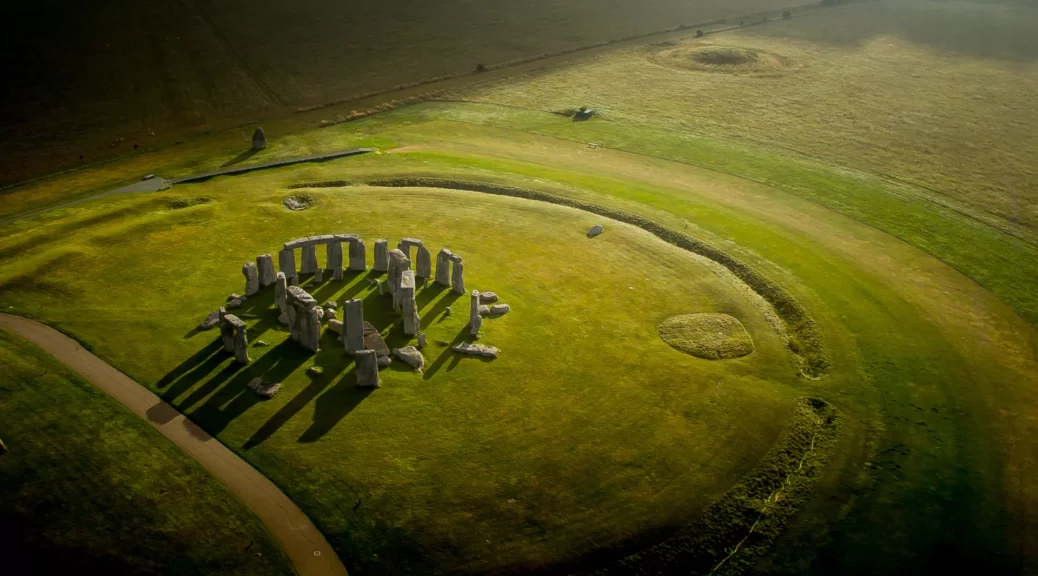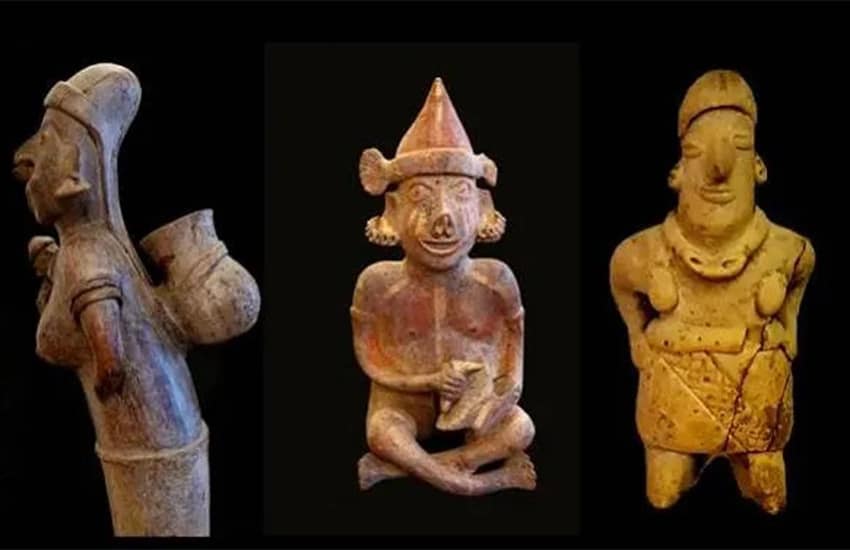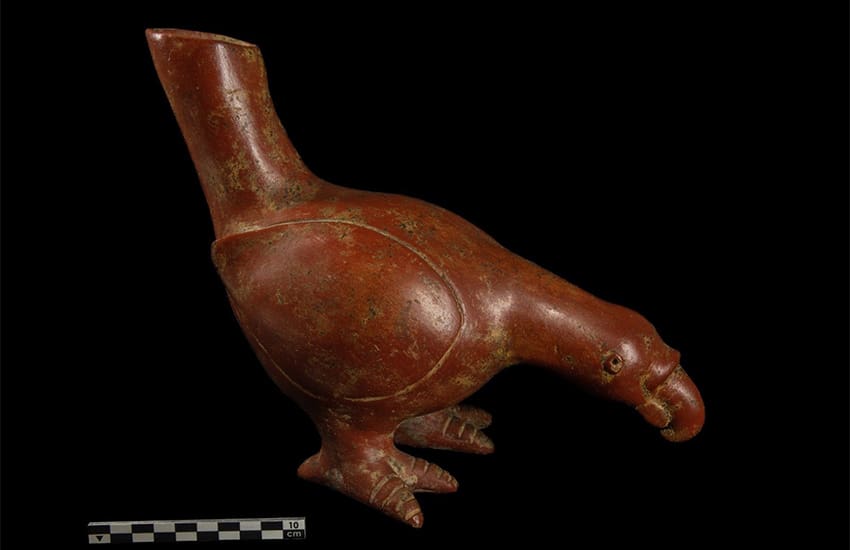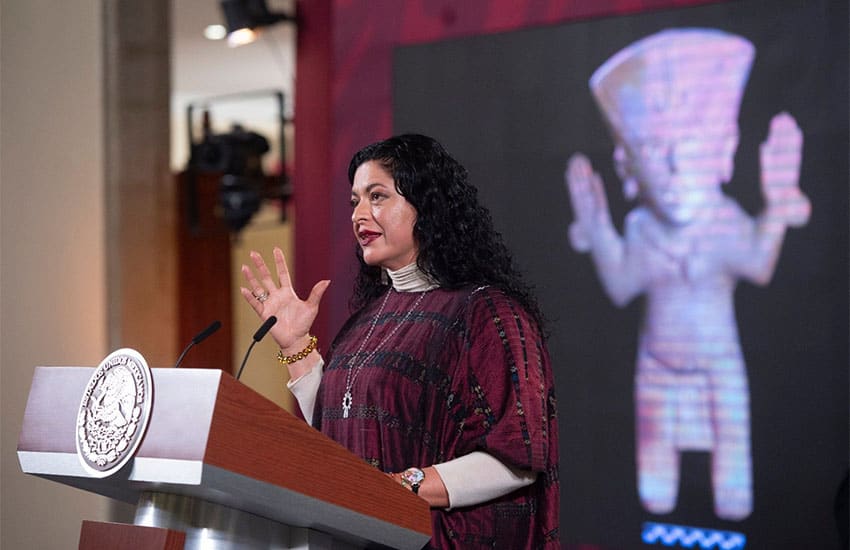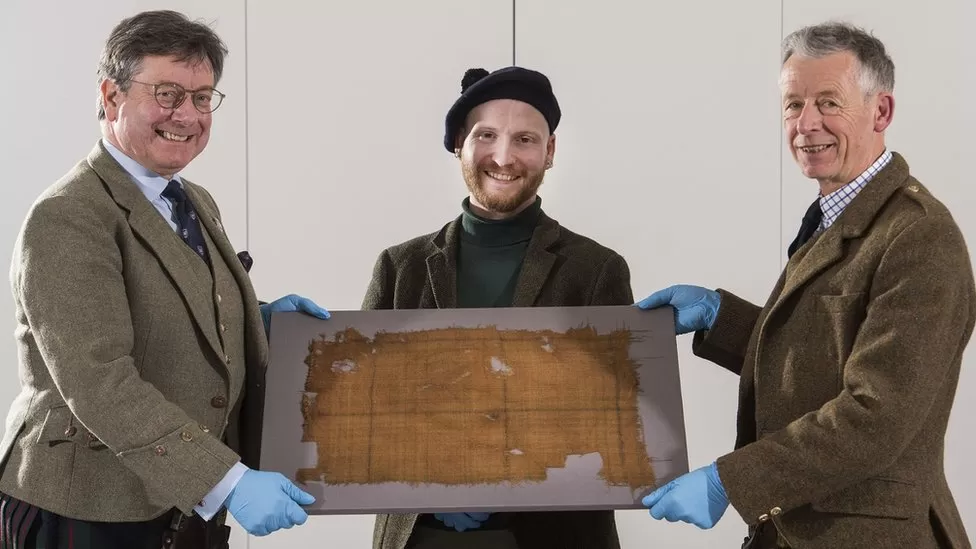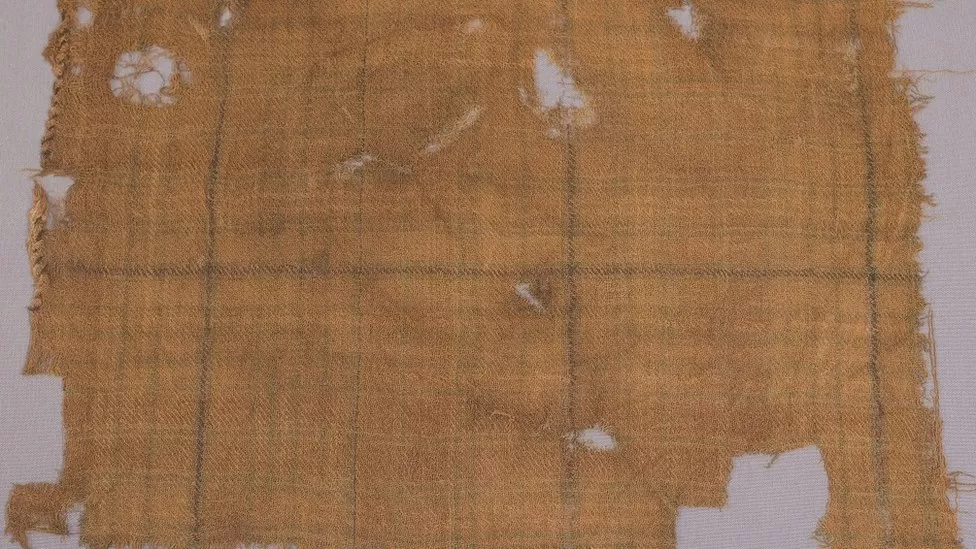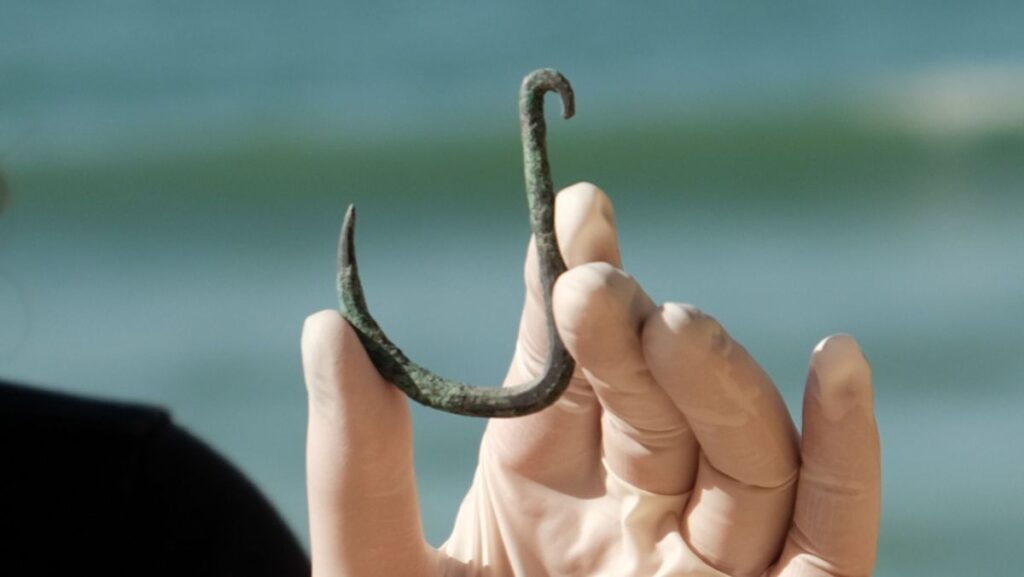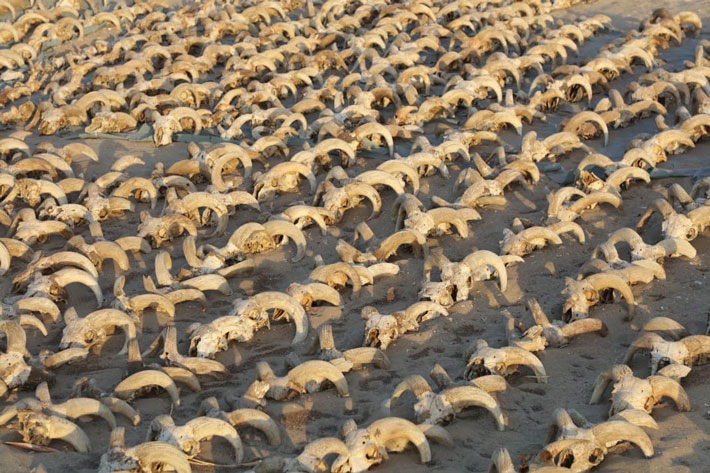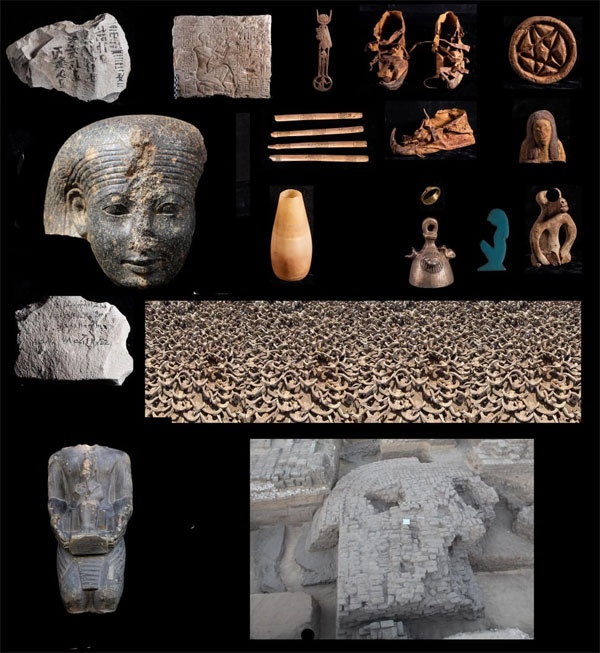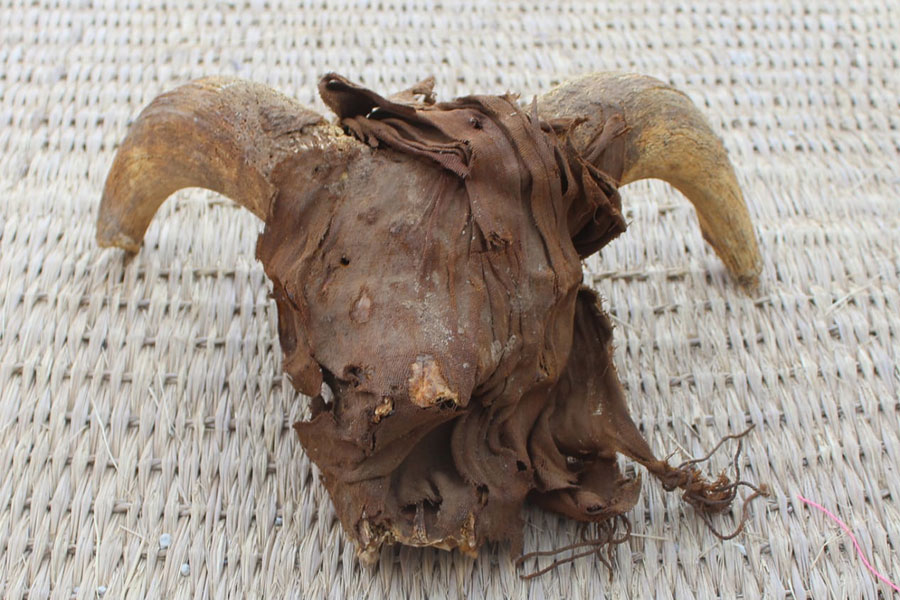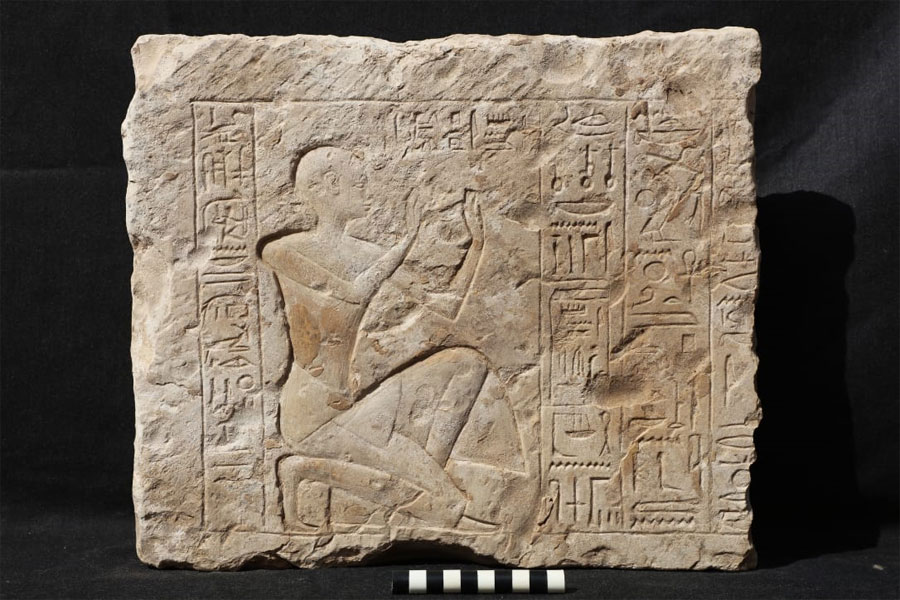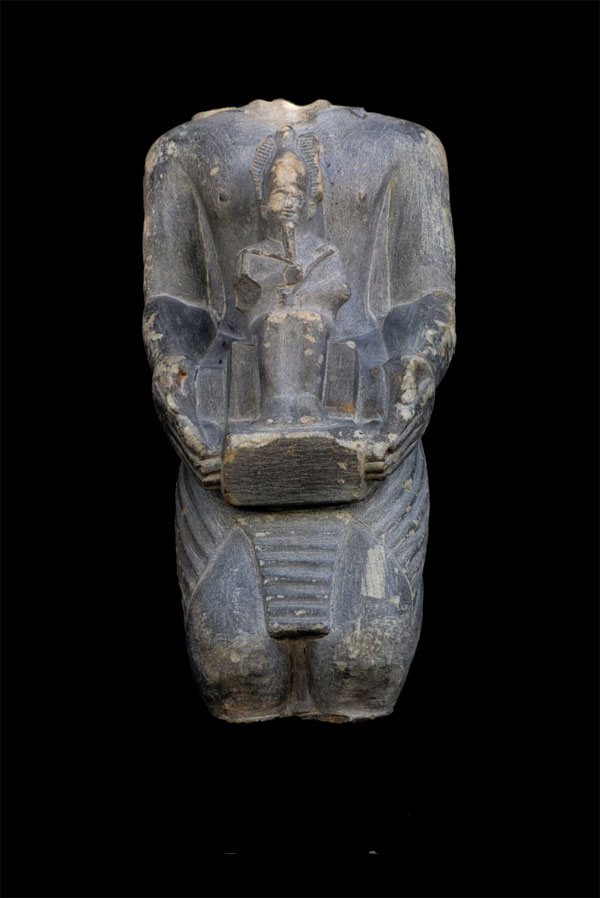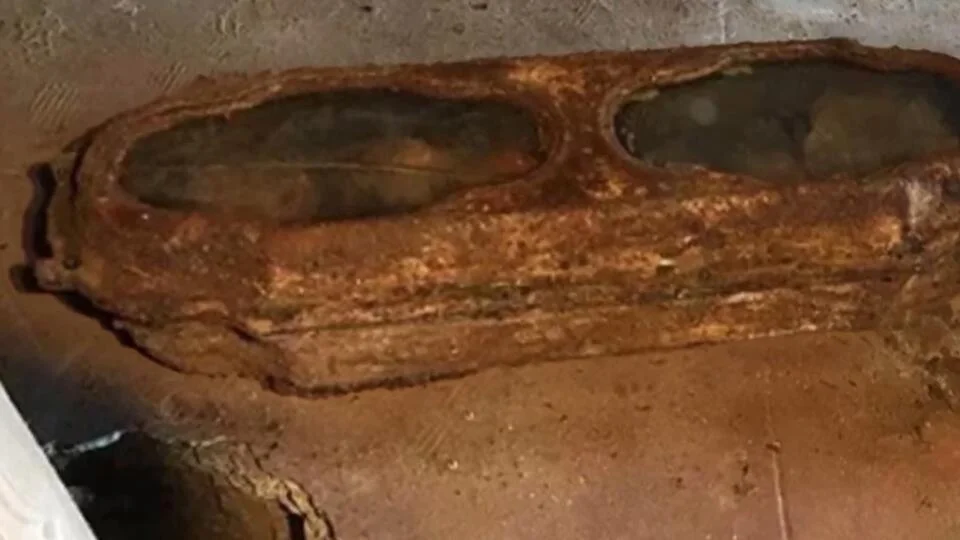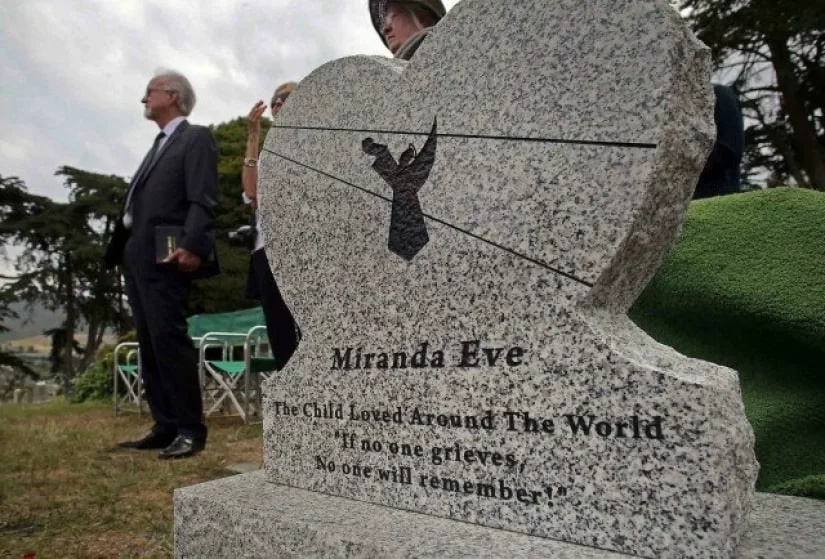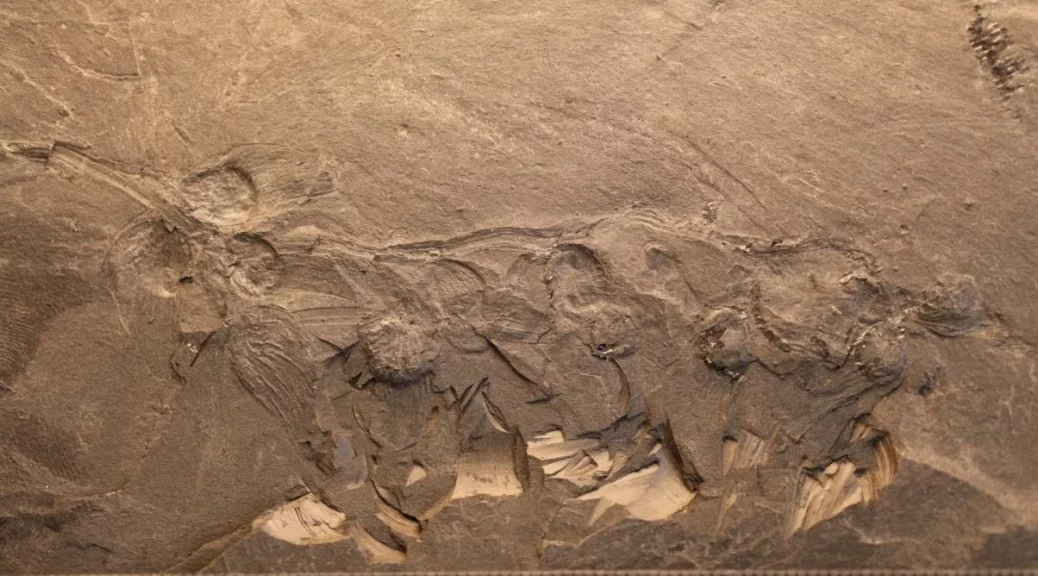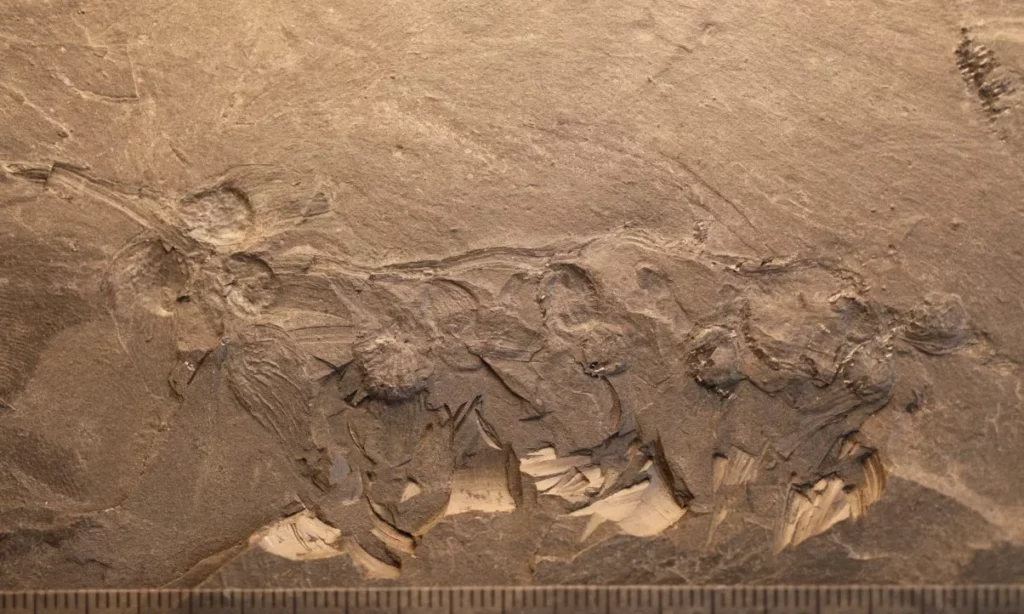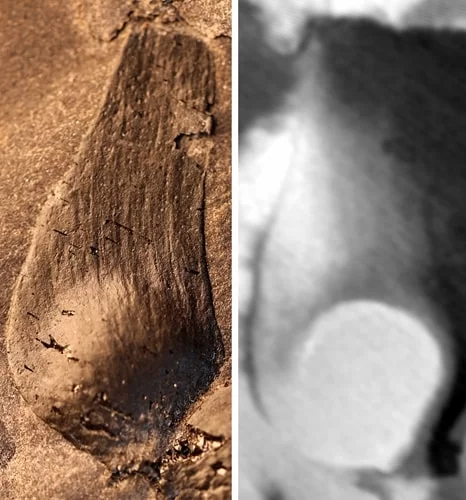Was Stonehenge an ancient calendar? A new study says no

Stonehenge wasn’t a prehistoric solar calendar but served mainly as a memorial to the dead, according to new research by scientists who study ancient astronomy.
The first stones at Stonehenge were emplaced in southern England about 5,000 years ago, and the monument was constructed in stages over roughly 1,000 years. But researchers have debated its purpose for centuries. The new study, published March 23 in the journal Antiquity, disputes claims made last year that it functioned as a solar calendar with 356.25 days — almost exactly the measurement used for the solar calendar today, according to that study’s author, Timothy Darvill, a professor of archaeology and Stonehenge expert at Bournemouth University in the U.K.
Darvill’s interpretation has been rejected by two scientists — mathematician Giulio Magli of the Polytechnic of Milan and astronomer Juan Antonio Belmonteof the Institute of Astrophysics of the Canary Islands — who say Stonehenge wasn’t accurate enough to serve as a solar calendar.
Darvill told Live Science in an email that he still stands by the interpretation. But Magli and Belmonte say in their latest study that last year’s finding is “based … on “a series of forced interpretations, numerology, and unsupported analogies with other cultures.”
“From a symbolic point of view, Stonehenge is of course related to celestial phenomena,” Magli told Live Science, noting its celebrated alignments with the midwinter and midsummer solstices. But “this is far from saying it was used as a giant calendar,” he said.

Ancient stones
In his March 2022 study in the journal Antiquity, Darvill wrote that the ring of giant “sarsen” stones (derived from the medieval English word “saracen,” meaning “pagan”) emplaced at Stonehenge in about 2500 B.C. may have functioned as a solar calendar, perhaps for determining feast days or for reinforcing political power by demonstrating a “control” of the cosmos.
For example, archaeologists think there were originally 30 standing stones in the main circle at Stonehenge — although only 17 now remain — and Darvill argued they could have corresponded to a “month” of 30 days; while the inner five “trilithons” — two standing stones capped by a lintel stone — may have represented the five days of each year left over after counting off 12 months.
The design of Stonehenge could have been influenced by solar calendars used at that time in the Near East — the ancient Egyptian calendar among them — which would imply a cultural connection between them, perhaps by long-distance travelers, Darvill added.
But Magli and Belmonte argue that the circle of standing stones wasn’t accurate enough to determine the length of the year; that nothing at Stonehenge embodies the 12 months of the year; and that there is no evidence of a cultural exchange between ancient Britain and the ancient Near East.
Archaeologist Michael Parker Pearson of University College London, a Stonehenge expert who wasn’t involved in the research, agrees with the authors of the latest study that there’s no good evidence of cultural connections between Stonehenge and ancient solar cults in the Near East. “Ideas like this about long-distance links have been around for over a century [but] are not taken seriously anymore,” he told Live Science in an email.
Megalithic monument
Archaeologists now think Stonehenge’s main purpose was as part of a prehistoric ceremonial landscape built in memory of ancestral dead; excavations show that many different parts of the vast megalithic complex were used for burials for hundreds of years. Magli said this may explain its alignment with the winter solstice, which seems to have been an important annual date relating to the dead in some prehistoric religions. But while the annual solstice alignment is evident, the relatively low number of stones and their imprecision meant Stonehenge would have been too inaccurate to use as a calendar, he said.
Darvill said that the latest criticisms do not refute the suggestions made in his 2022 paper.
“What they say does not undermine the essential model of the sarsen structures at Stonehenge being constructed as a manifestation of a perpetual solar calendar,” he told Live Science in an email.
But some archaeologists share some of the reservations of Magli and Belmonte and are unconvinced by Darvill’s idea.
Matt Leivers, a consultant archaeologist at Wessex Archaeology in the U.K., has studied Stonehenge for decades but wasn’t involved in either study. “All this really shows is how easy it is to read calendrical divisions into Stonehenge’s architecture, and how unprovable any of it is,” he told Live Science in an email.
